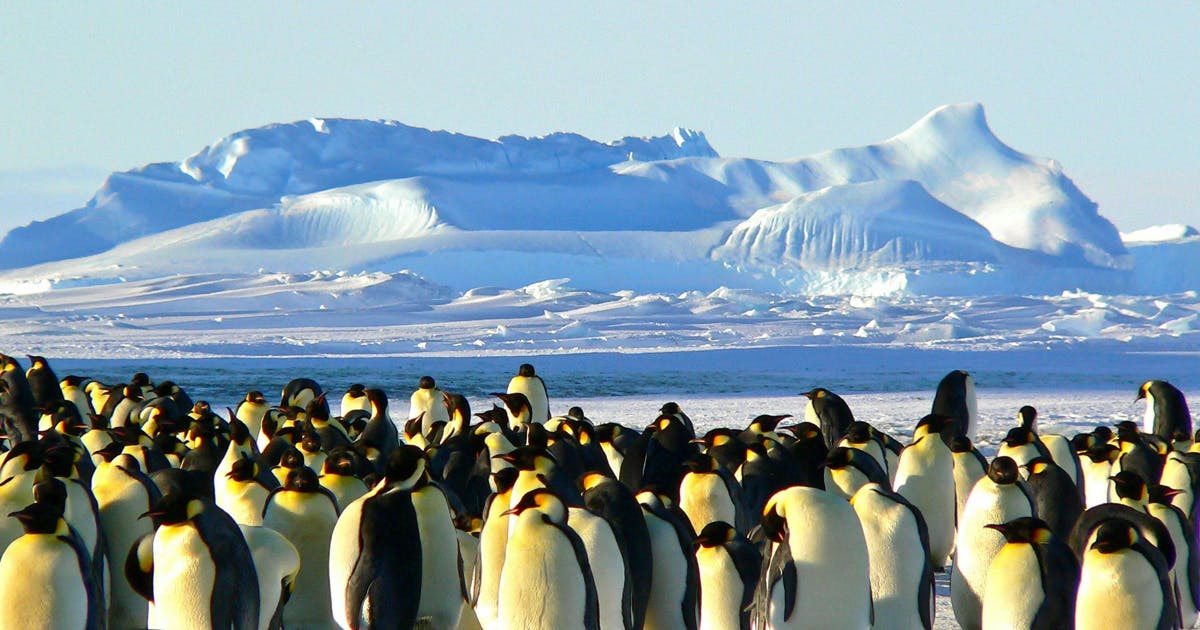
Pexels
We’re all increasingly familiar with the alarming implications of climate change in our neighborhoods.
From droughts to forest fires, heatwaves to even potential famines, there’s a lot to be aware of it, and none of it is very nice.
That’s why it’s important that not only we as individuals do our bit to help the planet, but that big businesses – including tech and fuel giants – are working hard to mitigate, or even reverse, their effects on our vulnerable environment too.
And while you’re undoubtedly familiar with what’s going on on home soil, have you ever spared a thought about how climate change is affecting life and terrain further afield?

Pexels
According to new research from the team at the British Antarctic Survey, extreme weather events at the South Pole and its surrounding continent are likely to double in their frequency by 2100.
Homing in on a phenomenon known as ‘atmospheric rivers’, the researchers warn that the result could be significant sea level rises.
Since rising sea levels are one of several climatic ‘tipping points’ that could trigger a domino-effect of climate-related disasters, there is more than enough reason for concern here.
That’s because these atmospheric rivers are long bands of warm air that travel across places like Antarctica, spilling lots of rain over the continent.
With the combination of warm air and precipitation having a detrimental effect on Antarctica’s vulnerable ice sheets, melt – and therefore rising sea levels – seems almost inevitable.

Pexels
In their study, which was published recently in the journal Nature Communications, the researchers reveal that this increase in atmospheric rivers would double if our greenhouse gas emissions don’t reduce significantly in the short and medium term.
As the British Antarctic Survey’s Michelle Maclennan explained in a statement, this could be detrimental not only to Antarctica, but to our wider planet:
“This is the first study to consider how these extreme weather events in Antarctica might change in response to human-induced warming this century. Because atmospheric rivers deliver massive precipitation to Antarctica and significantly impact snowfall variability, understanding their future patterns is crucial to projecting Antarctica’s contribution to sea level rise.”
In total, Antarctica’s ice masses have the potential to increase global sea levels by up to 6o meters, flooding and even wiping out significant areas of landmass as well as causing huge amounts of damage to both marine and land based ecosystems.
With this in mind, there’s more reason than ever to go green.
If you thought that was interesting, you might like to read about a second giant hole has opened up on the sun’s surface. Here’s what it means.
Categories: SCI/TECH
Tags: · antarctica, atmospheric rivers, carbon footprint, climate, climate change, climate crisis, climate emergency, climate responsibility, environment, greenhouse gas emissions, reducing carbon emissions, science, single topic, tipping points, top

